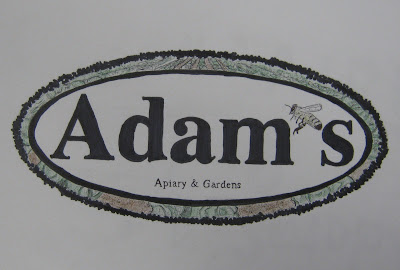Wednesday, September 25, 2013
Art History 101: Building your own Art history.
I ask students to examine their personal art history. I tell stories about the rich childhood I had, with no video games, no cable, and no internet. They are amazed that we had anything to do. Many will ask "What did you do?" Well... We read books and were outside all the time except in the winter. In the winter we read and we drew pictures all the time. We went to the library and looked at books. We were blessed to have elementary art programs and teachers that were charged to teach the whole child. Mrs. Welch, my third grade teacher, hung my dinosaur pictures behind her desk and noticed me as an artist. She started this ball rolling. My high school art teacher, Mr. Becker, allowed me to experiment with any and every media possible and allowed me to nurture fascination for learning new things.
Today, I hope I carved a little bit into my portfolio student's histories. We laid under the tables in Portfolio class and attempted our best Michaelangelo work ever. I did this with last years portfolio class and I feel it created a bond that we share, sort of secret and decadent and without permission.
I want my students to continue their art histories. I want them to find a place that is their niche in life and to love what they do. I hope art guides them.
Thursday, May 02, 2013
Graphic Design.....What it is Homeboy?
Graphic design basically is visual problem solving using text and/or graphical elements. Your aim is to create something that is pleasing to the eye, and gets the attention of the viewer. But things can't just look cool. They have to work as well.
How effective is a great looking restaurant menu if you can't for the life of you find beverages, or it's hard to tell which price is for what? ; )
About.com defines graphic design in this way:
"Graphic design is the process and art of combining text and graphics and communicating an effective message in the design of logos, graphics, brochures, newsletters, posters, signs, and any other type of visual communication. Today's graphic designers often use desktop publishing software and techniques to achieve their goals."
Dictionary.com says this:
"The practice or profession of designing print or electronic forms of visual information, as for an advertisement, publication, or website."
The scope of the industry
So what do graphic designers actually do? I'm sure most people can name at least a few things, but the graphic design spectrum is perhaps broader than you think.
 Designs can include: brochures, posters, magazine covers, magazine layouts, tickets, business cards, T-shirts, signs, logos, book layout (typesetting), importing advertisements into a newspaper, websites, cd covers, dvd interactivity elements, Internet banners, flash animation, web interfaces, iPad app interfaces, Powerpoint presentations, and more.
Designs can include: brochures, posters, magazine covers, magazine layouts, tickets, business cards, T-shirts, signs, logos, book layout (typesetting), importing advertisements into a newspaper, websites, cd covers, dvd interactivity elements, Internet banners, flash animation, web interfaces, iPad app interfaces, Powerpoint presentations, and more.
What could you expect as a graphic designer?
Some employers will have a very specific and narrow job description, and some will want you to do a whole load of stuff. Often an in-house graphic designer (meaning a non design company will hire someone to do their graphic design rather than work with a company) will be the jack of all trades. You might expect to create the website, brochures, a poster for an upcoming event, and prepare powerpoint presentations. And then there is the other end of the spectrum where your entry level job for the first 2 years is scanning photos for Auto Trader Magazine, and placing them into the layout. It all depends on who is hiring, and what they want.
Drawing 3 Graphic Design Project.
Design a logo for Adams Apiary and Gardens(if you are stealing this idea, find a real company). Do research on all things apiary and organic gardening. Fill a few pages of your sketchbook with visual bits of info and sketches for the company. Do three mockup sketches for the final design. Create one final design
Drawing 3 final drawings.



Subscribe to:
Posts (Atom)
.JPG)
.JPG)















